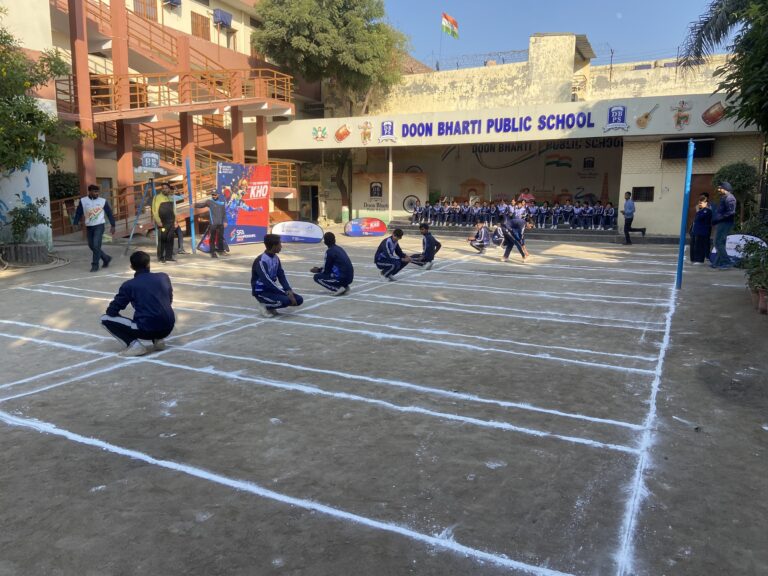Under the impact of cyclone ‘Fani,’ which is developing over the Bay of Bengal, the rainfall activities over the NE region would get intensified on May 4 and 5, resulting in heavy to very heavy rainfall at isolated places over Assam, Meghalaya and Arunachal Pradesh Meteorological Sub-divisions on both the days. However, the NE region will start feeling the impact of ‘Fani’ from the afternoon of May 3.
Informing this, sources in the Borjhar-based Regional Meteorology Centre (RMC) told this newspaper today evening that under the impact of ‘Fani,’ heavy rainfall will also occur at isolated places over Nagaland on May 4, and, on May 5, a similar situation would occur at isolated places over Manipur.
Sources informed that normal pre-monsoon rainfall activities are likely to occur at many places over Assam-Meghalaya on May 1 and 2, while on May 3, 4 and 5, rainfall would be widespread over this Meteorological Sub-division. It is warned by the sources that gusty wind with a speed varying between 30 to 40 kmph, accompanied by lightning and moderate rainfall, is very likely to lash isolated places over Assam-Meghalaya and Nagaland-Manipur-Mizoram-Tripura (NMMT) Meteorological Sub-divisions on May 1.
Moderate rainfall is very likely to occur at many places over Assam-Meghalaya on May 2. On May 3, moderate rainfall is very likely to occur at most places over Assam-Meghalaya, said the sources.
It needs mention here that according to today’s 7pm update of the India Meteorology Department (IMD) bulletin, cyclone ‘Fani’ is very likely to move nearly northward during the next six hours and north northeastward thereafter. It is very likely to cross the Odisha coast between Gopalpur and Chandbali in Puri region in the afternoon of May 3, with a sustained wind speed of 170 to 180 kmph gusting to 200 kmph.
The impact of the ‘Fani’ would be felt in this region because of the fact that under its influence, southwesterly wind would carry more moisture to the region, which will result in intensification of the rainfall activities, said the RMC sources.


















